There are a lot of common myths that many of us grew up believing about American history and still think are true. We’re not just talking about misunderstood events but also misquoted events. Here are 25 American history misconceptions you might still believe and the truth behind them.
The First Thanksgiving Was a Friendly Feast

Lots of people think the Pilgrims and Native Americans had a friendly feast in 1621, which we celebrate today as Thanksgiving. While they did share a meal, things were much more complicated than that, and the event was focused more on alliances and partnerships. It wasn’t just turkey and pie.
Paul Revere’s Midnight Role
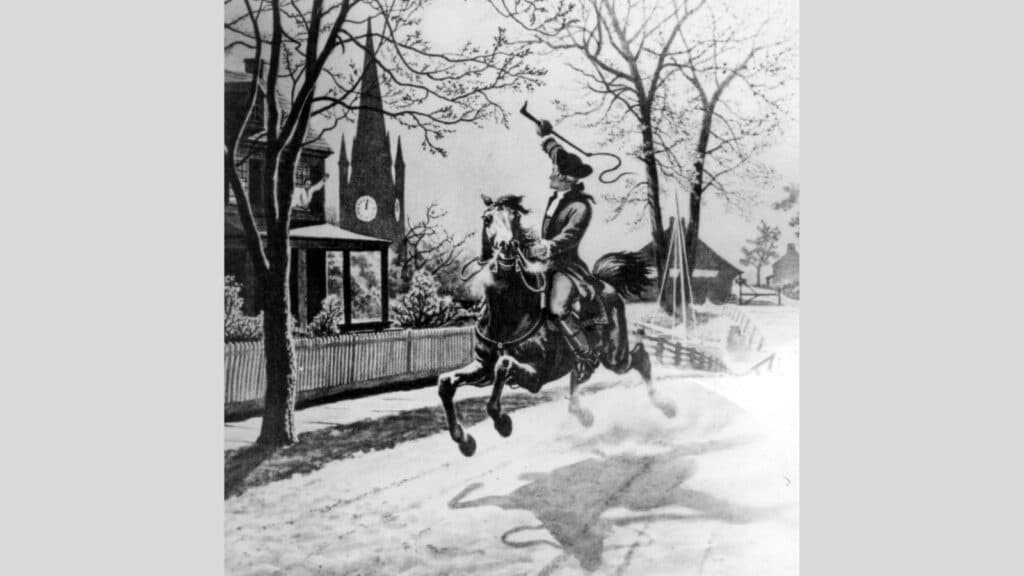
Paul Revere’s famous cry “The British are coming!” at midnight is completely made up. In reality, he never actually finished his ride to Concord, nor did he shout. In fact, he wasn’t even alone because it was a steal mission that had several other riders, although the mission was just as important as the stories say.
George Washington’s Cherry Tree
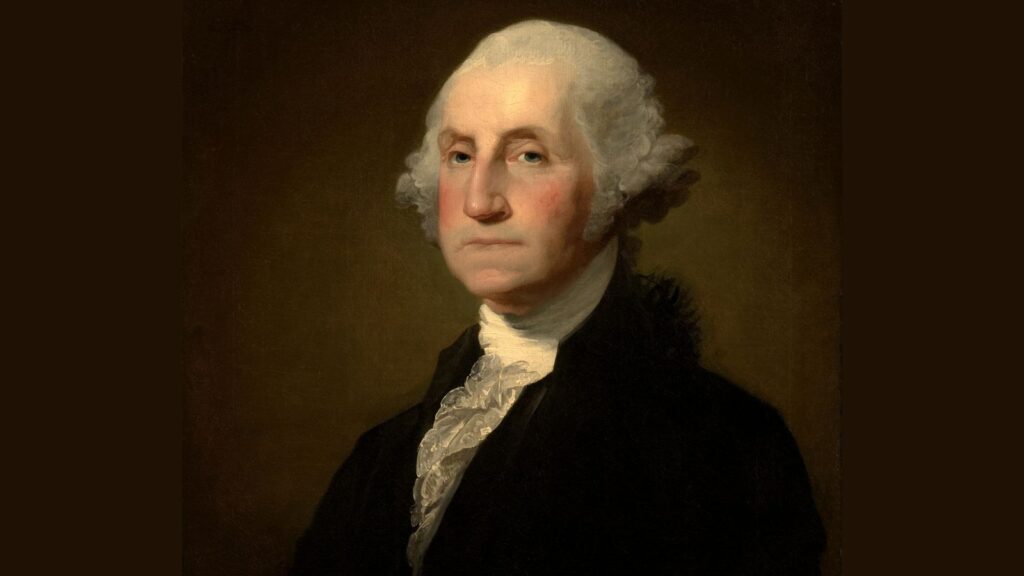
Every American knows the story of young George Washington chopping down a cherry tree and admitting it by saying, “I cannot tell a lie.” Ironically, the story is a lie that biographer Parson Weems created to show Washington’s honesty. It’s unclear why he decided to make up a story to do this, but there you go.
Witches Burned at Salem
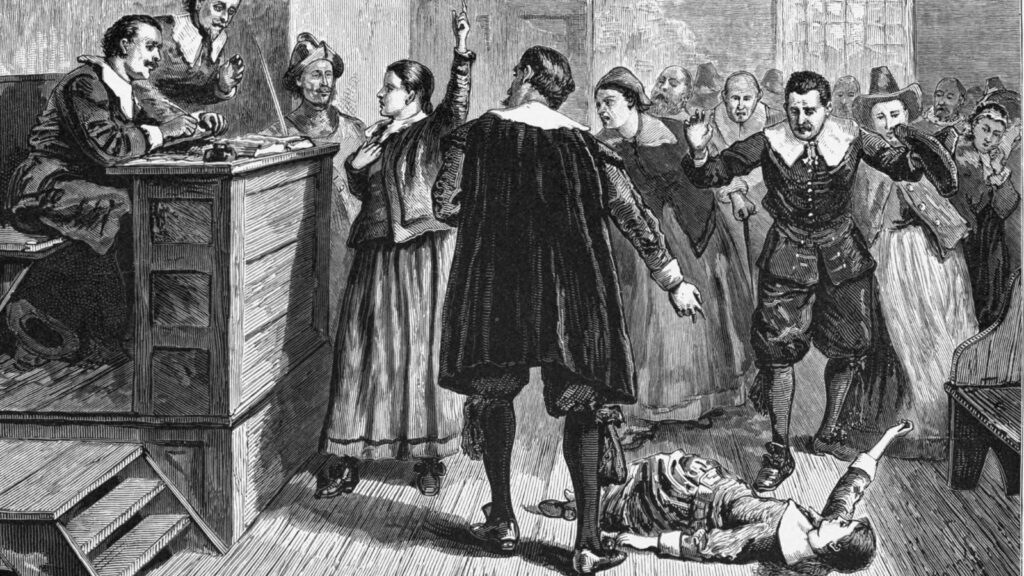
The Salem witch trials are one of the darker parts of American history, but the truth behind them is a little different. None of the people accused of witchcraft during the 1692 mass hysteria were burned at the stake. They were either hanged or died in prison. The burning myth probably comes from Europe, where “witches” actually were burned.
Cowboys Ruled the Wild West
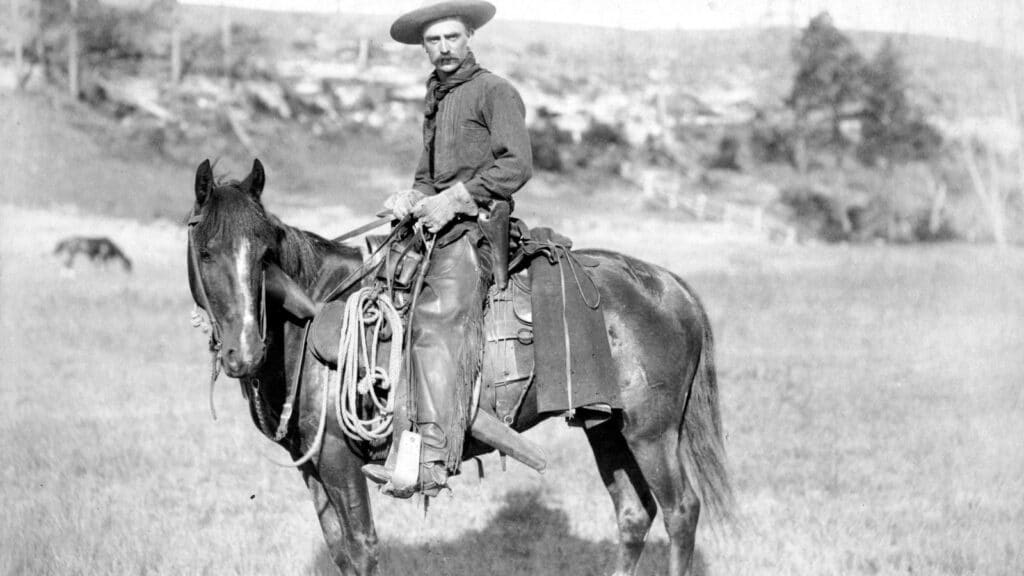
When you think of the “Wild West,” you probably picture cowboys and widespread lawlessness. Actually, cowboys were usually just low-paid workers who herded cattle instead of the gun-slinging outlaws you see in Hollywood. Real cowboys spent more time riding the range than taking part in shootouts.
Benjamin Franklin’s Kite Experiment
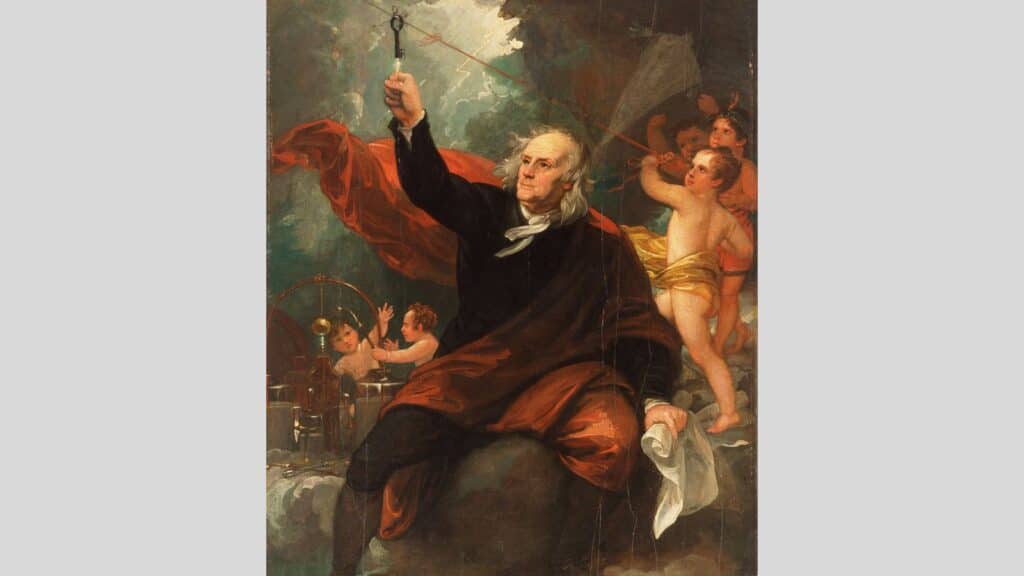
Benjamin Franklin’s story about flying a kite in a storm and discovering electricity is just that, a story. He was actually trying to prove something about lightning and static electricity. There weren’t any dramatic sparks flying, as it was just some thoughtful science. But it’s still a nice story.
The Declaration of Independence
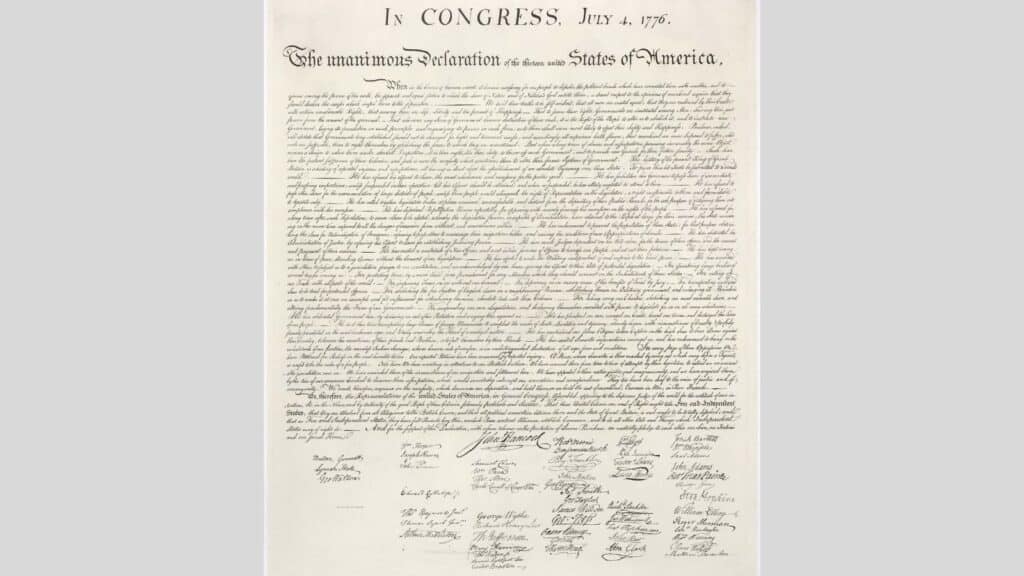
Even though we celebrate Independence Day on July 4th, that wasn’t actually when it was signed. It took until August 2nd for most signatures to get on there and even longer for the full set because they weren’t exactly rushing to sign it without thinking. But “August Second” doesn’t sound as good as “Fourth of July.”
Columbus Discovered America
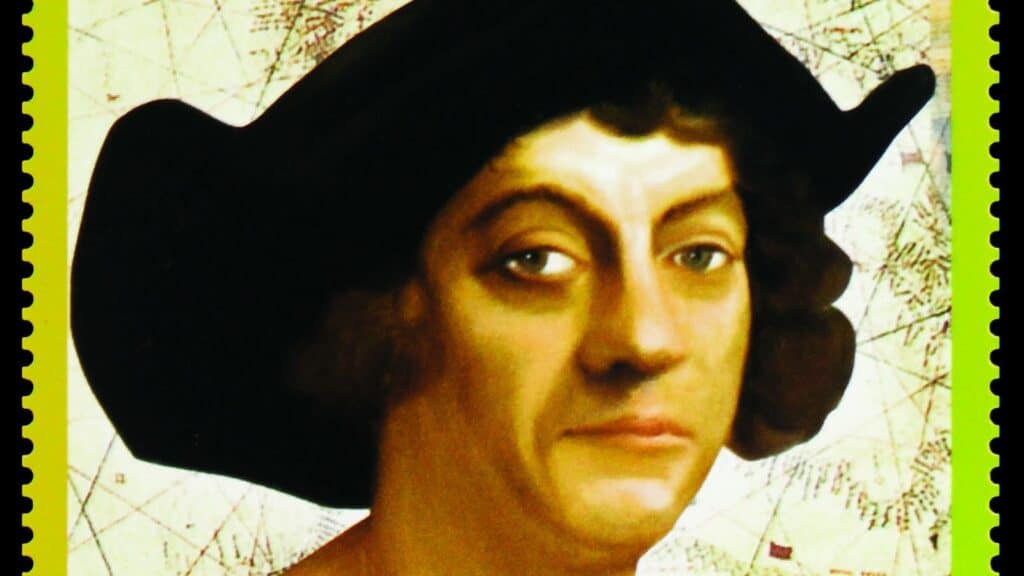
It’s odd that we celebrate Columbus Day because Christopher Columbus, technically, didn’t even find America. The Native Americans found it long before him. Plus, he didn’t even set foot in North America because he landed in the Caribbean. It’s a bit of a stretch to say he found America.
The Lone Star State’s Independence
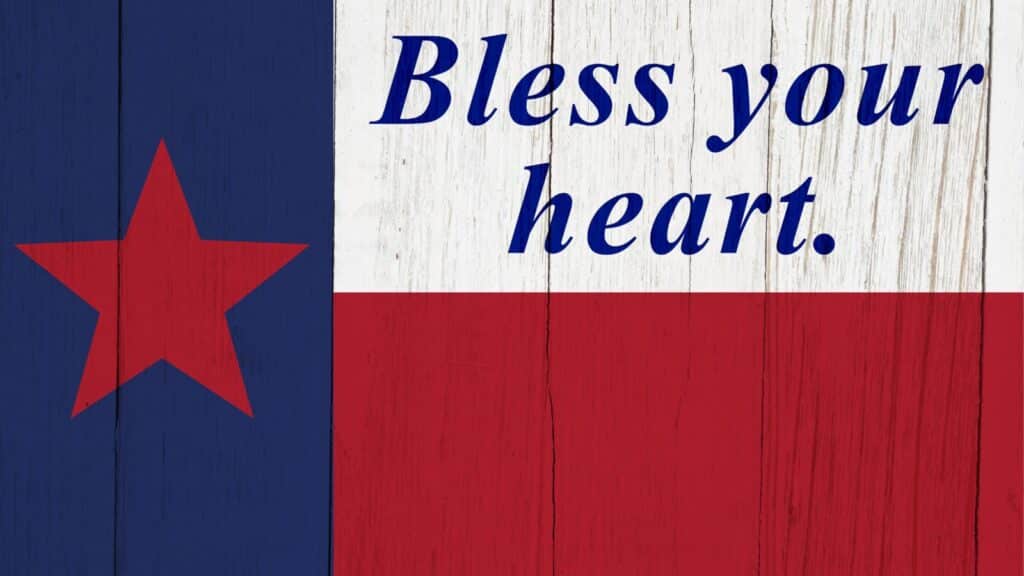
You might think Texas got its independence right after the Alamo, but that’s not true. It was actually the Battle of San Jacinto that sealed the deal and ended the Texas Revolution against Mexico. That’s not to say the Alamo wasn’t important, but it was really just a part of a bigger story.
The Civil War Was Only About Slavery
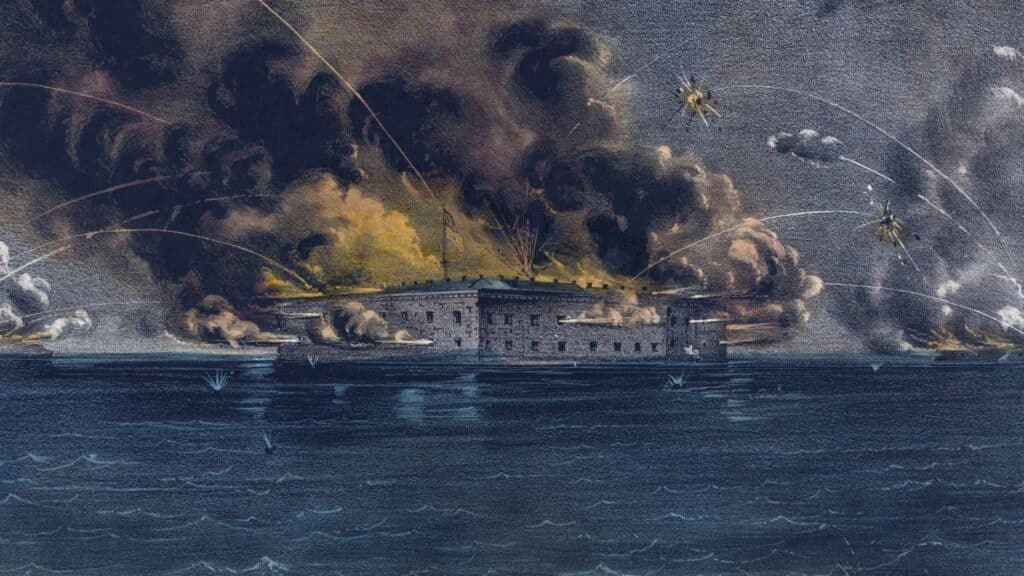
The Civil War was definitely about slavery, but that wasn’t the only issue on the table, as there was also a lot of disagreement over states’ rights and economic differences. The Civil War was the result of a number of tense issues that had been boiling for years between the North and the South. And, yes, slavery was one of these.
The Emancipation Proclamation Freed All Slaves
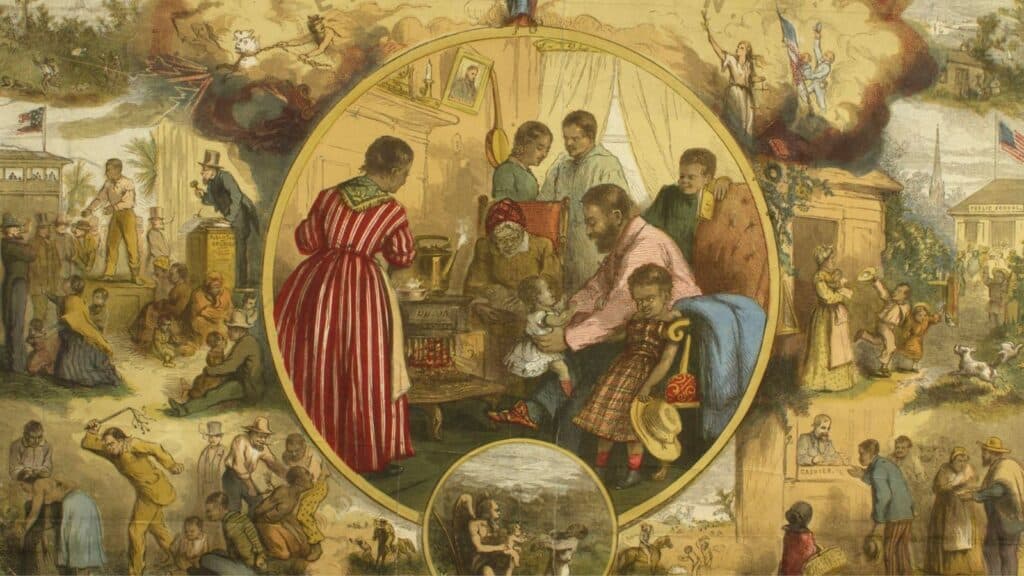
A lot of people think that President Lincoln’s Emancipation Proclamation immediately freed all the slaves. In reality, it only applied to Confederate areas that weren’t under Union control, and it was meant to undermine Confederate resources rather than free everyone all at once. Plus, it also took some time for the news to reach all the states, so not everyone was free right away.
The Statue of Liberty Represents Freedom From Oppression
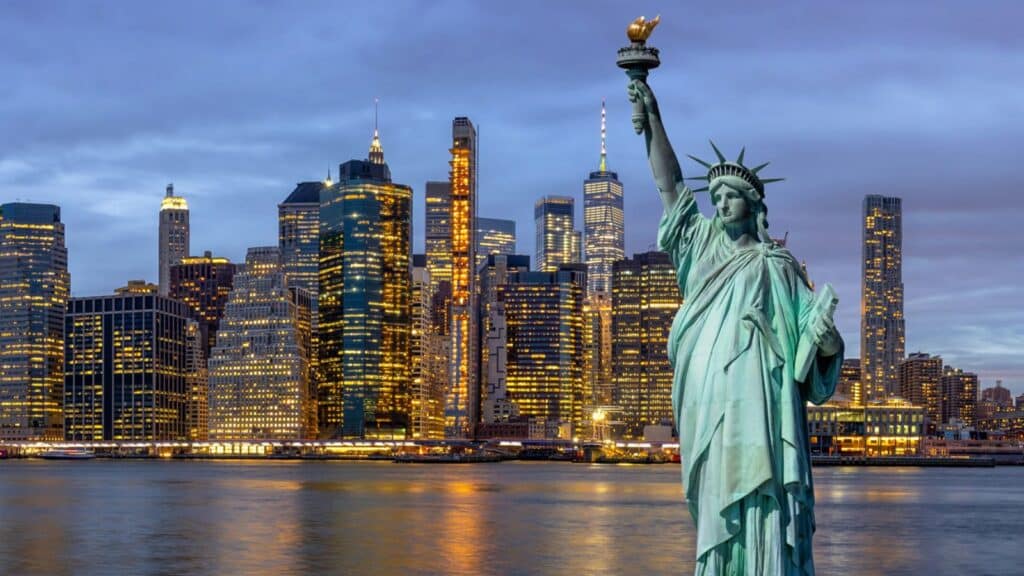
The Statue of Liberty is the ultimate symbol of American freedom, but that’s not all it’s for. It was also meant to be a sign of the close relationship between France and the US during the American Revolution. The French also wanted to encourage their own people to follow the same principles of liberty in America.
The Great Depression
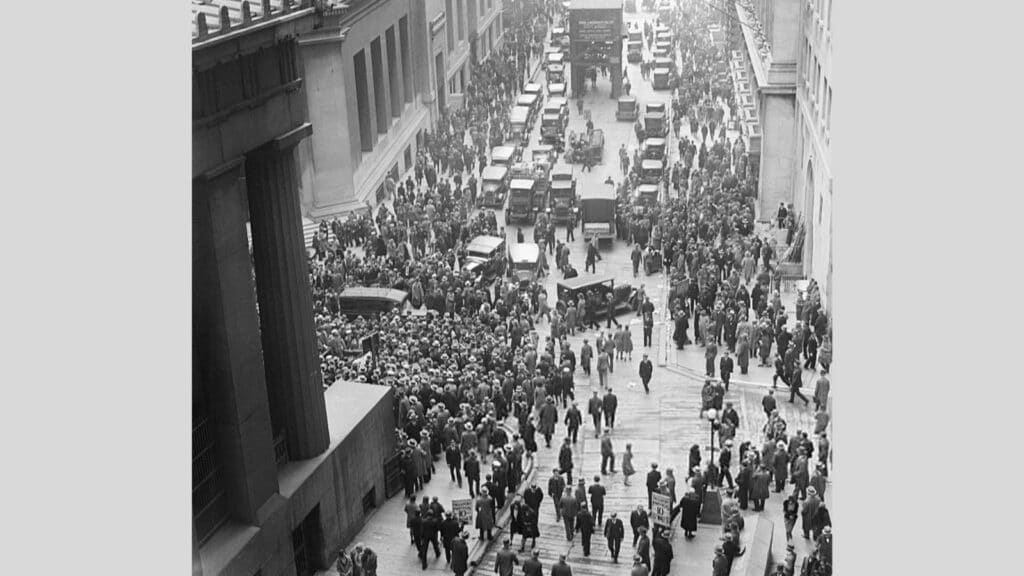
There’s no denying that the Wall Street Crash of 1929 did a number on the economy, but it wasn’t the only cause of the Great Depression. Bank failures and even a massive drought also played their parts in causing economic failures. It wasn’t just one bad day on Wall Street, but a bunch of them, all happening at once.
Rosa Parks
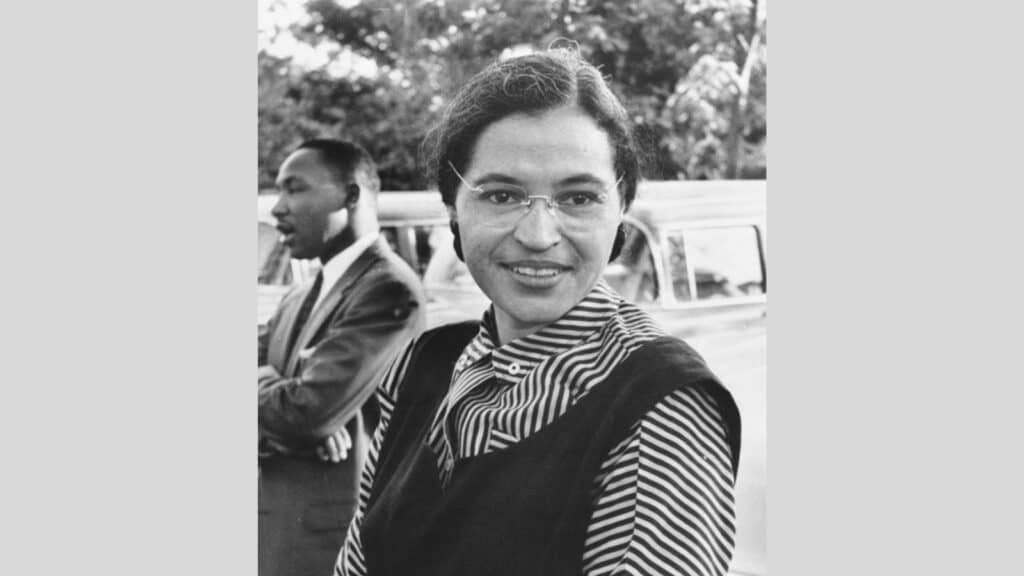
There are quite a few myths about Rosa Parks that a lot of people believe. First of all, it wasn’t a spur-of-the-moment decision, as she had planned for a while to protest against segregation laws. It also wasn’t the first time this happened, as another civil rights protestor, Claudette Colvin, did the same thing nine months before.
The Boston Tea Party Was About High Taxes
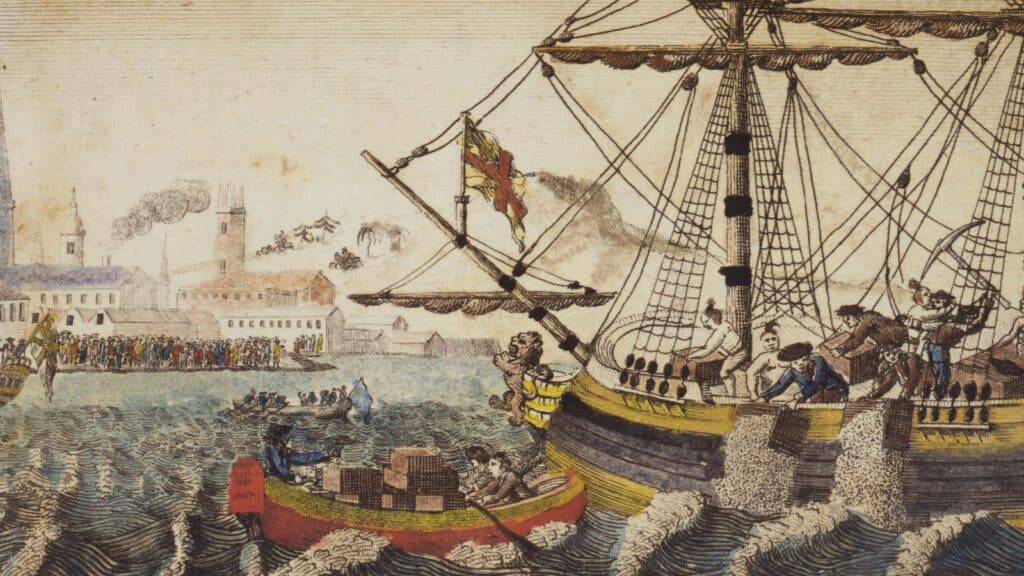
The Boston Tea Party did focus on high taxes, but it wasn’t the only point on the agenda. The Party was meant to be an attack on the Tea Act, which let the British East India Company sell cheaply in the colonies and cut out local merchants from the market. The Tea Party was as much about business as it was about taxes.
The Gold Rush Made Everyone Rich
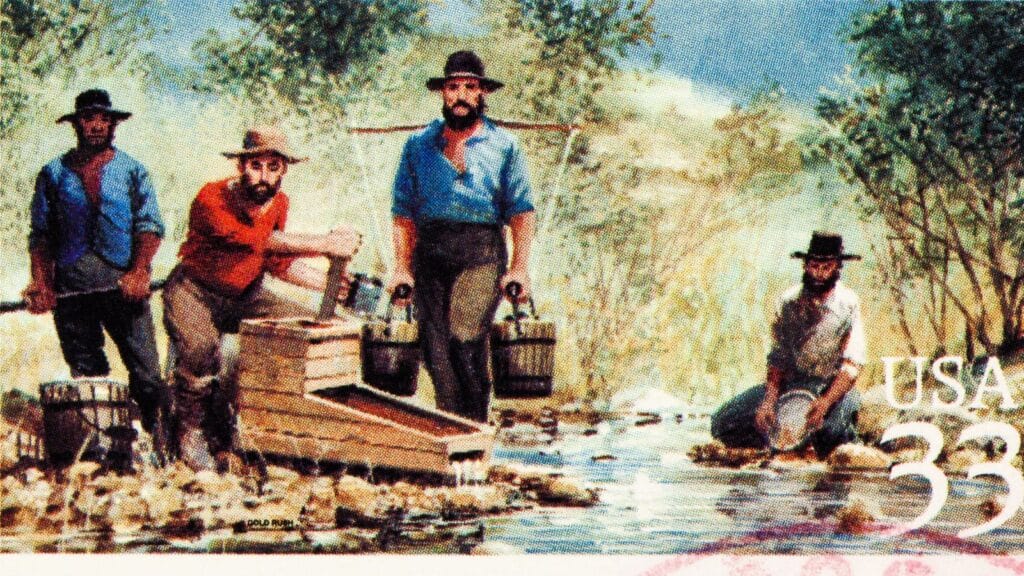
You’d think the Gold Rush involved everyone striking it rich, but that’s sadly not the truth. Most miners ended up pretty disappointed and poorer than when they started. The people who really made a killing were the ones selling tools because they understood that, gold or no gold, people would still need supplies to find it.
Betsy Ross Made the First American Flag
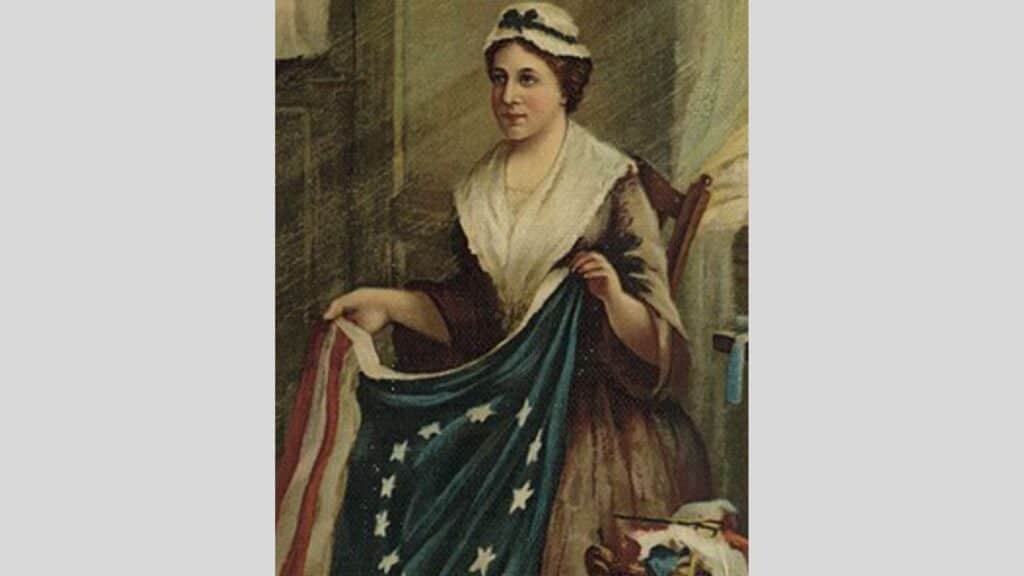
There’s not much proof that Betsy Ross actually sewed the first American flag, as the story came out way after it was actually created. Ross’s family told people that she did it, which makes things a little more questionable. Whether it’s true or not, it’s a nice part of the legend about our great flag.
Plymouth Rock is Where the Pilgrims Landed
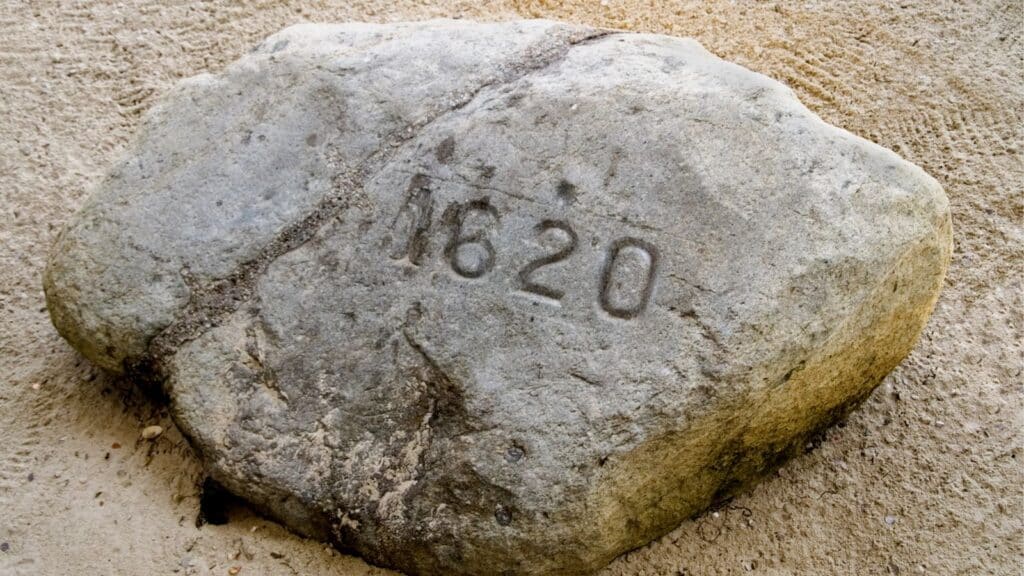
Plymouth Rock is famous as the landing place of the Pilgrims…or is it? The story didn’t come about until 100 years later after they had landed, and most historians agree that the Rock we cherish today probably wasn’t the actual one. Even so, the Rock represents where our founders bravely began their new life all those years ago.
Eli Whitney was Black
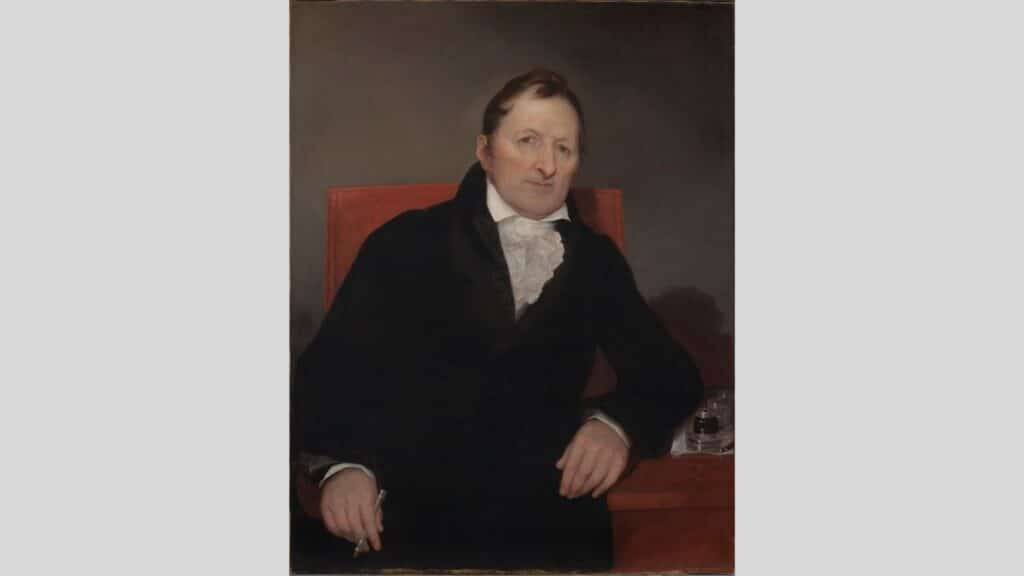
Eli Whitney is famous for being the guy who invented the cotton gin, and some people think he was Black. Why? Because his invention had huge consequences for slavery and agriculture. But the truth is, he was a white New Englander, and his invention actually increased the demand for slave labor.
The Iron Curtain Speech Started the Cold War
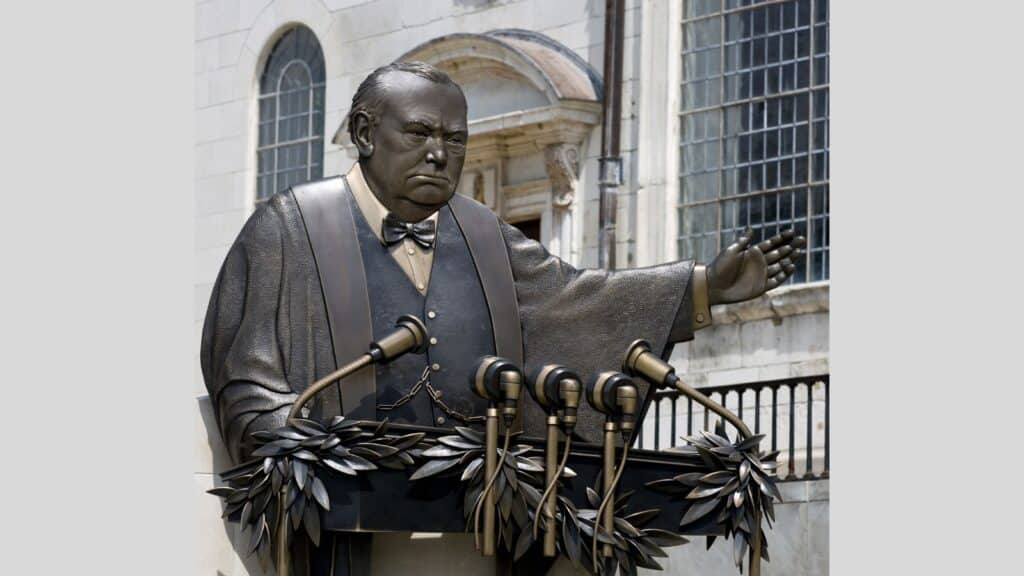
Some people think that Winston Churchill’s “Iron Curtain” speech in 1946 was the start of the Cold War. Tensions were already high between the USA and the Soviet Union at this point, and the speech just highlighted this divide even further. Churchill didn’t flip the switch, he just pointed out the obvious.
Vietnam War Protest the Conflict
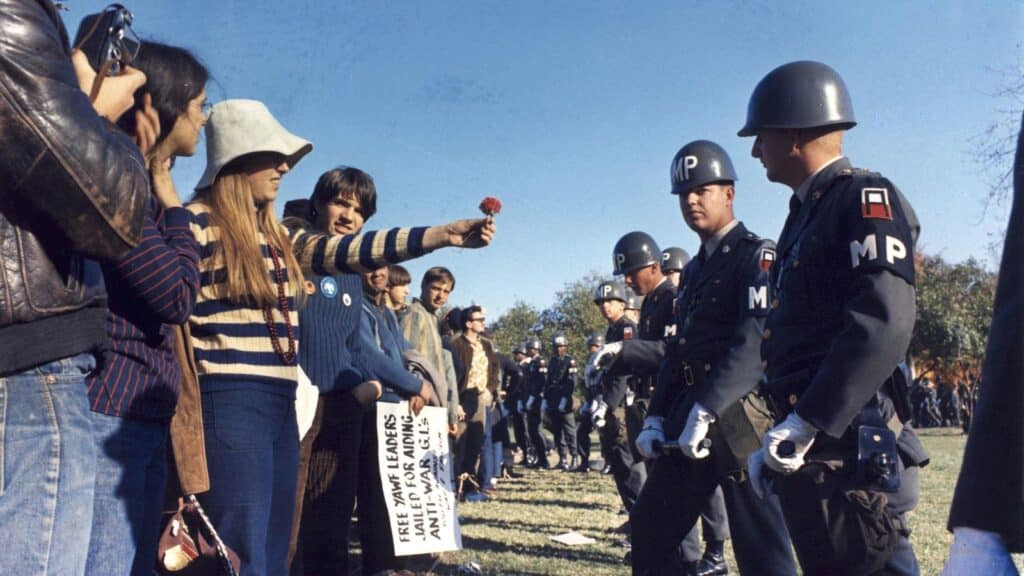
There’s no denying that the Vietnam War protests were big and bold, but they weren’t the only reason America pulled out of the war. There were lots of military and political reasons that forced our hand. Even so, the protests pushed the Vietnam War into the spotlight and helped to change people’s opinions.
All Women Supported Suffrage
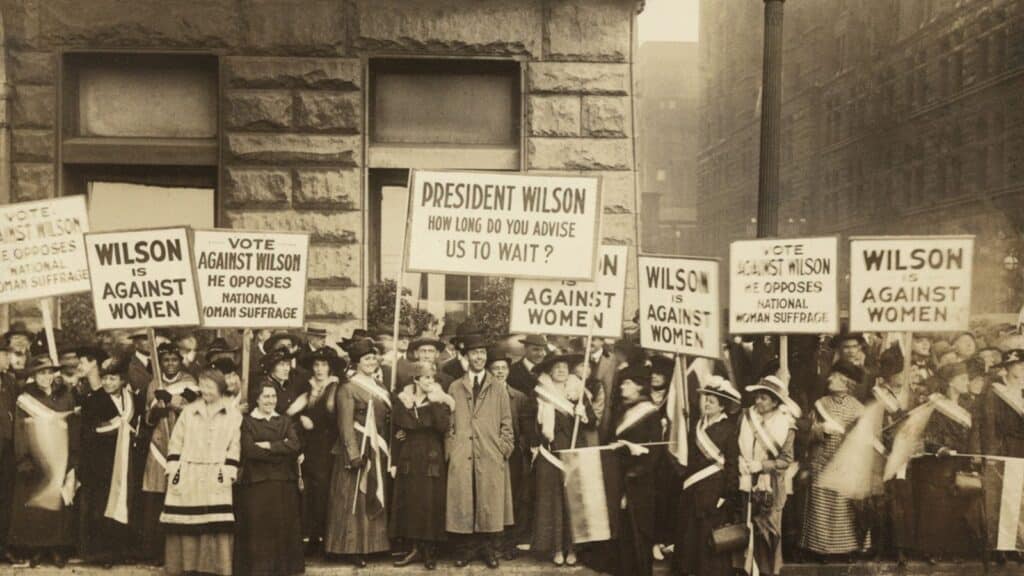
It sounds strange, but not all women were on board with getting the vote. Some of them were actually against it because they thought it would mess up the natural and social order. But the suffragists kept on pushing, and eventually, they changed history with the 19th Amendment, making their fight totally worth it.
The Roaring Twenties Were Good For Everyone
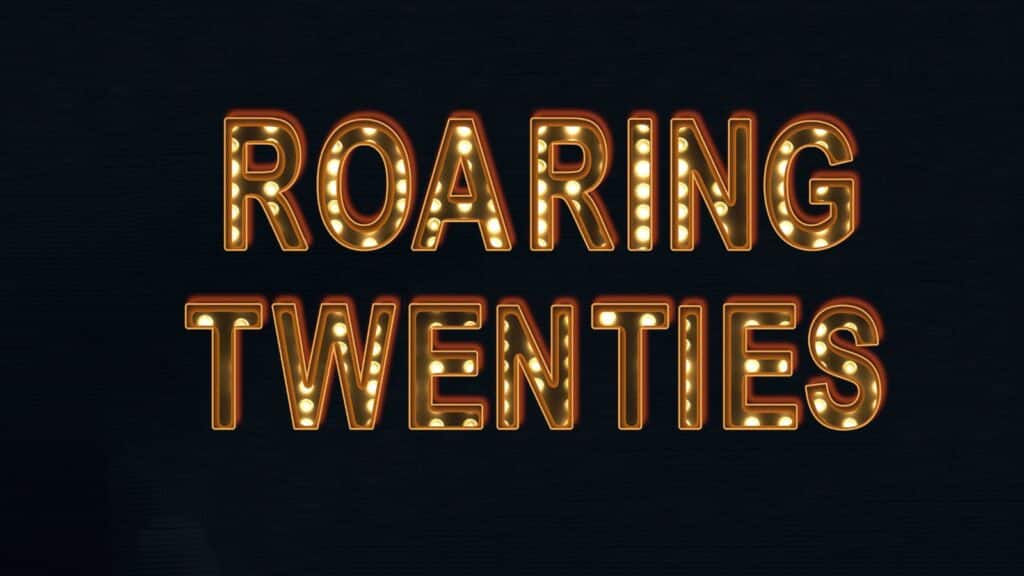
People often think of the Roaring Twenties, the time after World War 1 and before the Wall Street Crash, as being a time of endless parties and big bucks. Sadly, it wasn’t great for everyone, as a lot of people in rural and working-class areas were still struggling. While some people were living it up, others were barely getting by.
The Underground Railroad

With a name like “the Underground Railroad,” you’d think it was an actual train chugging through secret tunnels. But this wasn’t a railroad at all, as it was really a network of safe houses and secret routes that would help slaves escape to freedom. It was a way for brave people to help each other out during a time when it was incredibly dangerous to do so.
Neil Armstrong’s Famous Quote
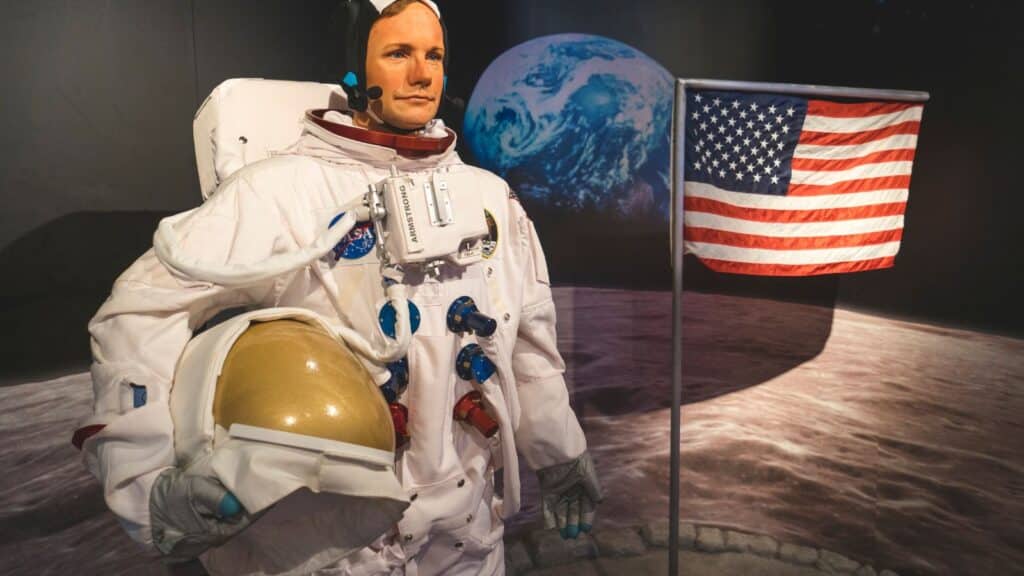
We all remember Neil Armstrong’s famous words when he stepped onto the moon. But did he know he actually said them wrong? He meant to say, “That’s one small step for a man, one giant leap for mankind,” but because he was so caught up in the excitement of the moment, he forgot the “a” and said, “That’s one small step for man” instead.
19 Grim Realities of Dating After 50 That Are Often Overlooked

19 Grim Realities of Dating After 50 That Are Often Overlooked
26 Things That Will Be Extinct Because Millennials Refuse to Buy Them

26 Things That Will Be Extinct Because Millennials Refuse to Buy Them
24 Outdated Slang Terms You Absolutely Shouldn’t Be Using Anymore
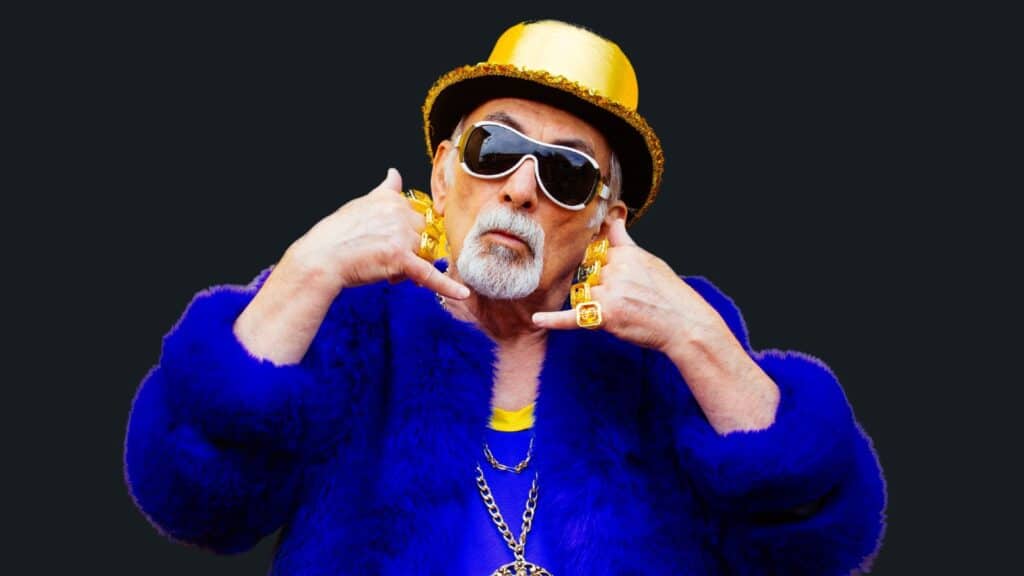
24 Outdated Slang Terms You Absolutely Shouldn’t Be Using Anymore
25 Hardest Parts About Getting Older That No One Ever Talks About

25 Hardest Parts About Getting Older That No One Ever Talks About



